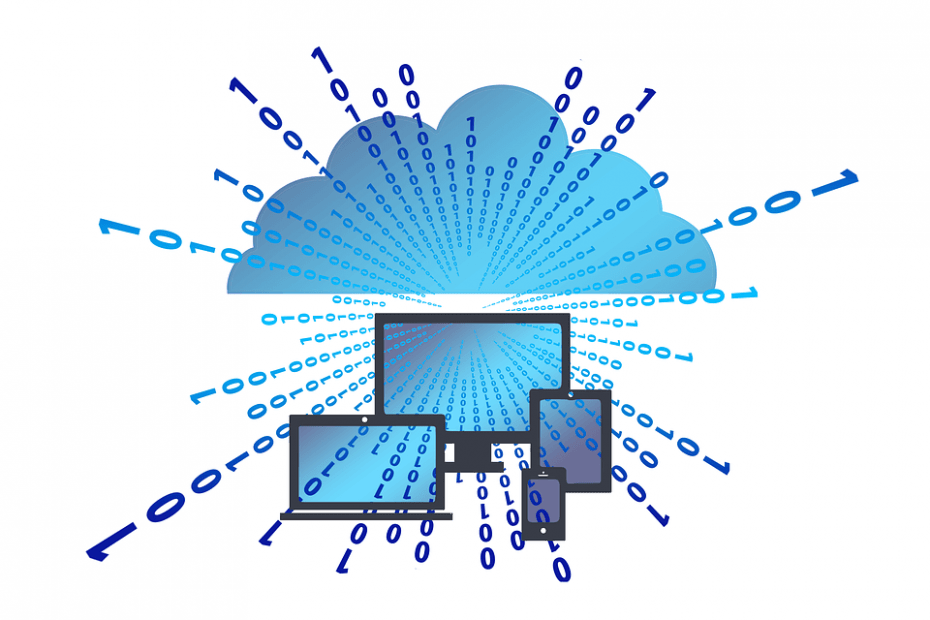Cloud computing is rapidly growing in popularity and has become the new norm for how business is done. Thanks to its rising popularity, cloud computing technologies are quickly evolving. Cloud computing has now become a robust platform for promising new technologies like the IoT, blockchain and artificial intelligence.
Although cloud computing started as a cost saving measure, its benefits have now extend far beyond that. Cloud computing allows for greater efficiency, business continuity, reduced downtime and better productivity. It also enables quick scaling of operations for fast growing businesses so that they can keep up with rising demand and capture a higher market share.
Here are the emerging cloud computing technologies that you should follow.
Unlock the future of intelligent applications with our cutting-edge Generative AI integration services!
1. Hybrid Cloud Technology
The hybrid cloud allows for a high degree of flexibility that suits many businesses. Thanks to the inherently versatile nature of the hybrid cloud, you should expect most businesses to be running on this model in the near future. Advantages like security, agility, scalability and cost efficiency are some of the drivers for the continued development and adoption of the hybrid cloud. The hybrid cloud is attractive to many businesses since it provides them the high level of control that they need over sensitive information.
2. Intelligent SaaS
All IT platforms are now powered by artificial intelligence and machine learning to some degree. The role of machine learning and AI will increase rapidly in the future for all IT systems, including various cloud computing models. Artificial intelligence can benefit users and service providers alike by the insights that they provide through data analysis. They can also automate many processes that would otherwise require a lot of time and effort if done manually. Hence, AI and ML systems can streamline the workflow and boost efficiency.
The rapid emergence of smart new technologies like predictive analytics, inference engines and chatbots will add a higher value to and greatly augment cloud computing technologies. More than just buzzwords, AI and ML learning offer numerous benefits that allow businesses to remain competitive.
Among other things, AI and ML can help to reduce electricity consumption and costs. This is important not just for saving costs but also for helping environmentally conscious and responsible businesses to reduce their carbon footprint.
AI and ML will also be able to keep disruptions and downtime to a minimum since they will facilitate highly automated troubleshooting for the timely remediation of major problems. In fact, they may be able to predict impending before they even transpire so that the service provider can take precautionary action beforehand.
-
 GSA HACS Principal Security Architect$153.15
GSA HACS Principal Security Architect$153.15 -
 GSA IT Consultant$81.12
GSA IT Consultant$81.12 -
 GSA Cloud DevSecOps Engineer I$71.79
GSA Cloud DevSecOps Engineer I$71.79
3. Internet of Things (IoT)
IoT is advancing at a phenomenal rate. It is expected that tens of billions of new devices will constitute the IoT in the next few year. Hence, the flow of data will increase exponentially.
Hundreds of IoT devices are connected online each minute. This will have a major impact on data centers as the data volume rises sharply. Besides presenting several new challenges the large influx of data will also create opportunities for businesses. To cope with the massive increase in data volume, service providers will have to bolster their cloud services so that organizations have instant access to their data.
4. Disaster-Recovery-as-a-Service
Despite great improvements in data security, there is still a chance for security breaches that can negatively impact businesses of all kinds. According to an IBM report, the cost of the average security breach is almost $4 million. Each minute of downtime costs businesses large amounts of money. The damage done to business depends on the industry. For instance, a security breach for a major e-commerce site means that it is losing sales opportunities with each minute of downtime.
Due to the threat posed by security breaches, disaster-recovery-as-a-service will be of paramount importance in the future. It will help businesses of all stripes to mitigate the fallout of cyber attacks. Businesses can reduce their downtime (and thus minimize their losses) by deploying automated DRaaS. This method of cloud computing is a vital component of business continuity and its importance will only grow as cybersecurity continues to face increased challenges.
5. Hyper Scale Data Centers
Hyper scale data centers are high performance computing hubs that will take data center performance to a much higher level as their name suggests. These data centers of the future have unprecedented storage and processing capabilities that will help businesses of all sorts to scale seamlessly. With hyper scale data centers, organizations can quickly scale up their business operations when demand grows and they can likewise scale down their resources when there is a temporary drop in demand. Such a model allows cost savings among other benefits since businesses will only be using the optimal amount of IT resources at any given time. It will also allow fast growing businesses to keep pace with a rapid rise in demand so that they do not lose sales opportunities while augmenting their IT resources.
6. Infrastructure Hyperconvergence
Hyperconvergence seeks to consolidate all IT services in a single platform including networking, servers and storage mediums. Such a platform allows for faster scalability and simpler monitoring by having all required IT resources under one roof. Thanks to the versatility of these platforms, more and more businesses will transfer their mission-critical applications to such data centers. This cloud computing model is emerging as an alternative to the public cloud model since it will empower businesses to exercise a higher level of control over critical resources. Businesses will also be able to cut down inefficiencies and extra costs associated with the traditional cloud model when they shift to the hyperconvergence paradigm.
Final Thoughts of Emerging Cloud Computing Technologies
We have benefited businesses of all kinds through our cloud consultancy service. We can advice you on optimal solutions for your particular circumstances and business models. Our professionals can also inform you about emerging cloud computing technologies that will yield numerous advantages both in the present and in the future. Feel free to get in touch with us immediately.
Contact us today!
Further blogs within this Emerging Cloud Computing Technologies and Cloud Computing Challenges category.

